The botanical desiderata of Georgiana Molloy
It’s a year since my new biography of Georgiana Molloy was published by Pan Macmillan in Australia and New Zealand (May 2016) so it’s probably time to move on but history just will NOT let go of me. It was exciting to discover so much that was new in the story of Georgiana’s life but I was naïve if I thought there could be no more to find. In the last few weeks, two completely new letters have appeared through a series of coincidences and the kindness of others (thank goodness for stamp collectors!) and another new source has come to light quite accidentally while searching for something else online. One day soon I’ll have to abandon my other work to create a new chapter!
In letters that had not been previously transcribed, I found the first evidence of Georgiana’s connections with gardening: planting a tree when she was three years old, and helping her father to plant the banks around the house. I found her note about keeping a pressed flower collection when she was a young girl and just before the book was published I managed to find some evidence that a family portrait of a small child carrying flowers was indeed Georgiana. Today, she is known to most people as a botanist and it’s her botany that I am most often asked to talk about, and yet the more I go back to her own writing, the more I realise that there is still more to be said about the work she did.
I’m often asked whether Georgiana WAS actually a botanist. She was certainly a highly skilled and meticulous botanical collector. The fact that she was not a professional (not paid for her work) does not prevent us from recognising her achievements. She began as an amateur, in the true meaning of that word – she loved her field of study – and taught herself through a rigorous process of trial and error, along with reading, to be more successful in her collections than others who were working as professional botanists at the time.
Her own experience with plants meant that the indigenous species around her in Western Australia were new to her and it’s well-known that she wasn’t very impressed with them in the first few weeks in Augusta. They seemed small and lacking fragrance, at least in comparison with the showy blooms and large-petalled, strongly scented flowers she had been enjoying at the Cape of Good Hope. When she began to look more closely, and as the unparalleled variety of the flora of the southwest became evident to her during the next few months, she began to recognise and appreciate the botanical treasure that surrounded her. Most often, I read about her love of the native plants of Western Australia, the seeds and dried specimens she sent to Captain James Mangles, but we should remember that Georgiana’s interest was not exclusive. She did not have the same views about the dangers of planting exotics and invasive non-indigenous species that she might have had today. She was simply a lover of plants. We should also remember that she was collecting and sending West Australian seeds and specimens back to friends and family in Britain for seven years before she started collecting for Mangles, from whom she only received about six letters, during the last six years of her life.
Her first experiments here in garden design were extremely innovative for the time. She merged local plants that grew quickly and easily – the native Kennedia (Kennedia lateritia) Clematis (Clematis pubescens) and Wisteria (Hardenbergia comptoniana) – with species she had brought from England and some she had collected at the Cape. She asked Mangles to send her more seeds in return for her collections. Her list of desiderata in 1838 was long and included mainly non-native plants, not always as seeds. It reveals some of her very practical knowledge, evidence of the gardener she was.
Anemone and Hollyhocks. The roots keep well a twelvemonth out of the ground.
Different varieties of stocks & Wallflowers seeds. These flourish vigorously but Yrs did not come up.
Peony and Ranunculus. These roots I should very much like to possess.
She also longed to receive shrubs as stones, seeds and cuttings: the Bitter almond, Lilac (white & purple) Magnolias of any kind and Rhododendron if practicable.
We can almost picture the garden she had in mind, a riot of colour and soft planting, when she asked Mangles to send her seeds of ‘foxgloves, dahlias, larkspur, veronica, clover, pinks, petunias, large ornamental poppies and variegated geraniums’.
Georgiana’s contribution to the wider botanical knowledge and understanding of our own WA flora was unique, significant on an international level. The collections she made and sent to Mangles with such careful precision went to botanists, gardeners and horticulturalists, helping to spread the fever for Australian plants that was gripping the western world. But, like the other colonial settlers, she did not know that she was living in a precious, ecologically diverse environmental hotpot. The farmers and gardeners of those early European settlements in Perth, Albany, Augusta and Busselton had no idea that the introduction of what they saw as life’s essentials, including some of the grasses they planted for grain and other invasive food crops, would eventually be unwelcome and recognised as harmful to the balance of the natural environment.
One of the most common questions I’m asked is whether it’s true that Georgiana Molloy was responsible for the introduction of one of the southwest’s most widespread problems, the Arum lily. We know she planted ‘Day lilies’ brought with her from the Cape but, after more than ten years of research I’ve not yet found any evidence at all that she planted Arum lilies. I have, however, found an old letter recording the first planting of the Arum lily at the Vasse (Busselton) some years after the death of Georgiana Molloy.
She was not alone in the colony in her appreciation of plants for their beauty, fragrance and usefulness. In 1838, her passion was not restricted to what we recognise today as environmentally appropriate and it was certainly not exclusive to West Australian plants.
Georgiana Molloy simply loved plants and wanted them around her in profusion. At the end of her seed wish-list above, she wrote to Mangles:
‘I am convinced if these could be imported, it would amply repay the trouble. I know the exquisite delight of witnessing them.’
The review of ‘Georgiana Molloy, the Mind That Shines’ by Dr Alex George in the Australian Systematic Botany Society Newsletter no. 167 pp 51-56 (June 2016) is now available to read online.

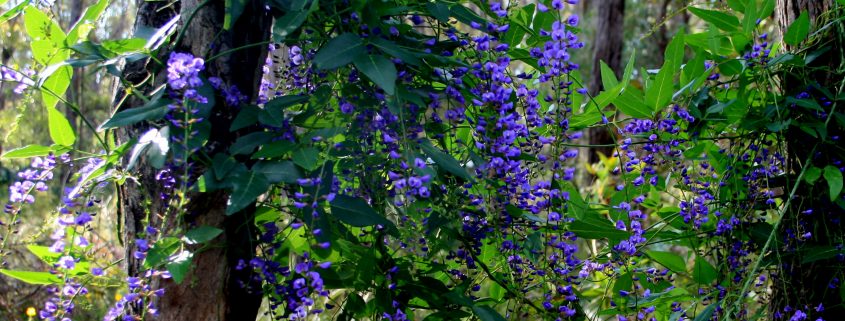

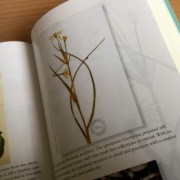
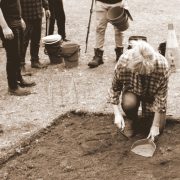

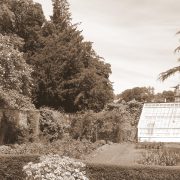


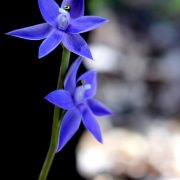


I loved your book. What an amazing lot of research you put into the writing. I am glad that you are still doing research, particularly regarding the Arum Lilly which has been much in the news lately, and really is a terrible biological disaster for the south west. I will send a copy of this post to my sister – who only recently was adamant that Georgiana brought the Arum Lily to WA. Thank you again for a wonderful book. I am an avid wildflower photographer, so I very much enjoyed reading about Georgiana.
Thank you so much, Jill for taking the time to get in touch and for your kind comments. I loved every minute of the research so it was a good way to spend a decade! You’re right, the research just seems to go on and on and there are always new things to discover. I’m working on several new projects at the moment including Georgiana Molloy, once again. Watch this space! Thanks again, enjoy the photography and do stay in touch.